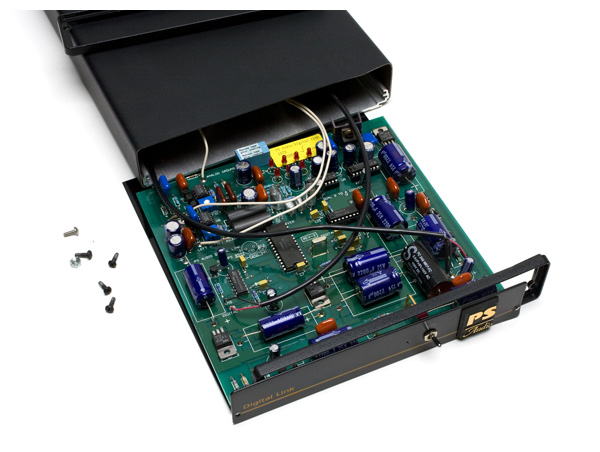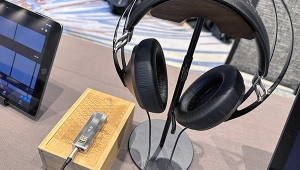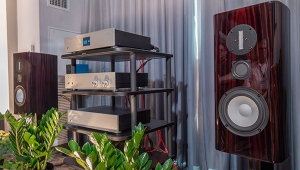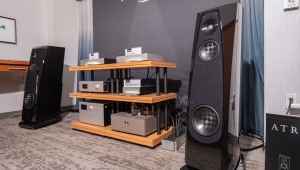| Columns Retired Columns & Blogs |
In one of the PS Audio YT videos, Paul M shows the lobby showcases at PS Audio HQ in Colorado. In them are all the products PSA has developed over their history.
For DACs, there have been several UltraLink models. Here's a Stereophile review from 1995:
https://www.stereophile.com/content/ps-audio-ultralink-two-digital-proce...
It would be curious to re-review a fully-working classic DAC -- and compare/contrast w/the latest DAC.



















































